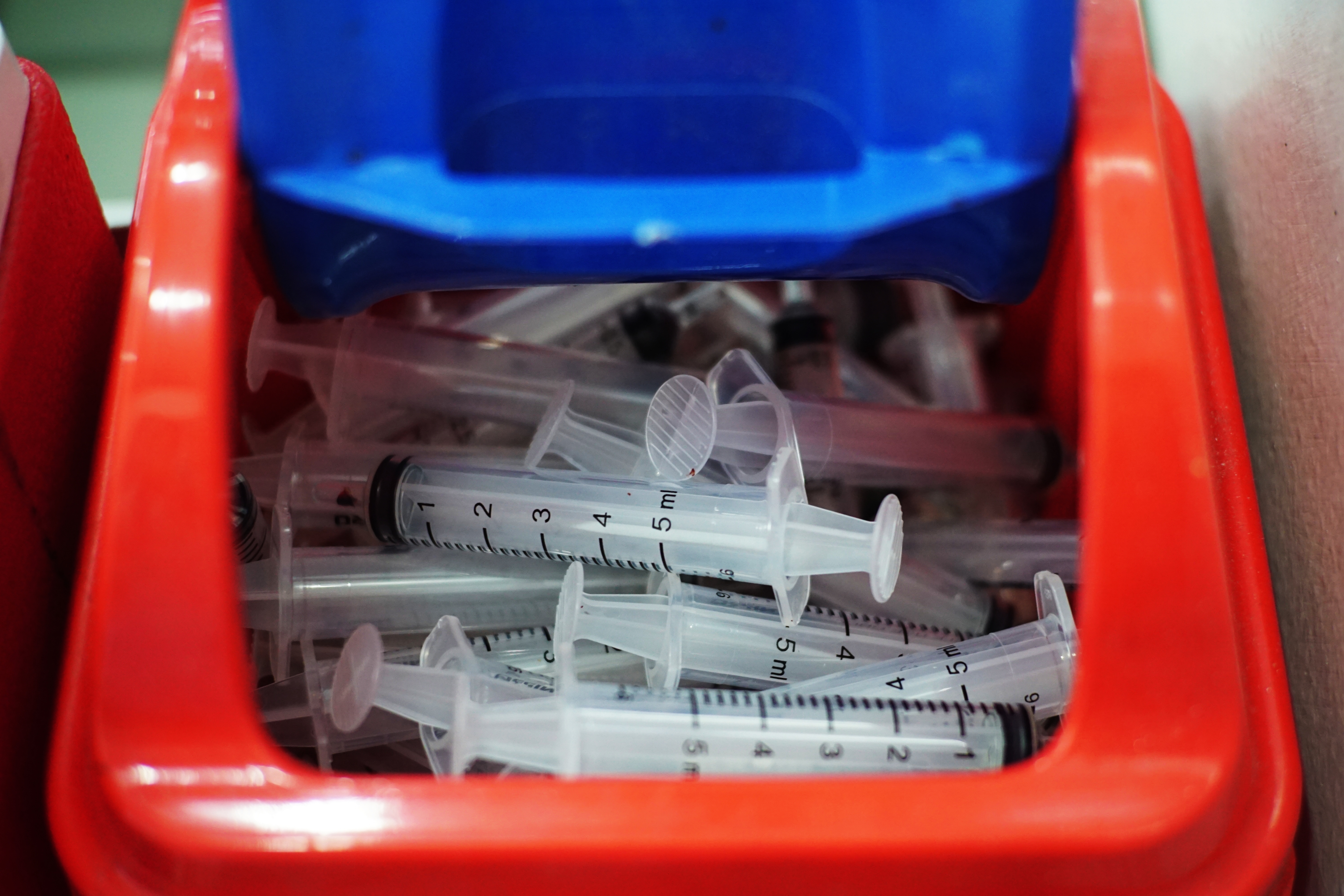Several technologies for biomedical waste treatment exist to keep people and animals from getting injured or sick because of the waste. Still, medical waste problems exist because of those who illegally dump the waste instead of paying a third-party disposal company to neutralize it or buying the equipment to do it themselves. Proper medical waste treatment is the key to keeping the environment and ourselves healthy.
What is Biomedical Waste?
Any waste that comes out of a medical facility is considered medical waste – even that waste that comes from the food prep areas. The waste is separated into certain types including that which is not contaminated, such as food prep waste, materials that may have come into contact with body fluids, sharps and material that contains dangerous chemicals such as chemotherapy and radiation waste. Body fluids are also biomedical waste.
Effects of Medical Waste on the Environment
When medical waste is not disposed of in a proper manner, it could leach into the groundwater and then make it’s way into our bodies as we drink the water. Animals could also pick up and even eat some of the medical waste and then spread illnesses to humans. And, of course, that which is not biodegradable, such as sharps, could harm humans and animals by sticking or cutting. If any microbes are left on the sharps, you could become infected with a disease. By using a disposal company, medical waste pollution is minimized, keeping our planet safer and our landfills less full. In some cases, waste is compacted or even shredded after it has been decontaminated, which makes it easier to handle and allows it to take up less space.
How Is Biomedical Waste Treated?
Treatment for biomedical waste varies based on the type of waste. Sharps are treated differently than waste that contains chemotherapy and radiation drugs. Blood and other body fluids are treated in a different manner than food prep waste. The five main technology options for treating biomedical waste include:
- Thermal processes;
- Chemical processes;
- Mechanical processes;
- Biological processes; and
- Irradiation processes.
Chemical processes use chemicals that act as disinfectants. Some of these include peracetic acid, sodium hypochlorite and hydrogen peroxide. Thermal processes use low and high heat systems to destroy organisms. Autoclaving is a low heat system that uses steam. Microwaving is a high heat system that destroys organisms using high heat.
Mechanical processes include compaction and shredding. Medical waste must be disinfected before it can be compacted or shredded. Biological processes include using biological enzymes that create biological reactions that decontaminate waste. Finally, irradiation processes include treating the waste with ultraviolet or ionizing radiation.
Some waste is also incinerated. However, incinerators need to meet emission limits. Any waste that goes into the incinerator cannot be treated with chlorinated disinfectants. Thus, is important that hospital staff throw medical waste out into the proper bins.
If the waste is radioactive, it must be properly stored until the level of radiation is very low. At that point, radioactive medical waste may then be treated as other waste.
Effects of Biomedical Waste Management
One of the best effects of biomedical waste management is that medical facilities are able to minimize the waste. If waste is disposed of in a proper manner, it is quite cost-effective to have a third party pick up and dispose of the medical waste. Otherwise, you’d have to have the proper equipment to treat the medical waste. Some of the waste may even be recycled.
Contact Med Waste Services
Contact Med Waste Services to set up your new medical waste disposal schedule and to learn more about our Veteran-run company.

